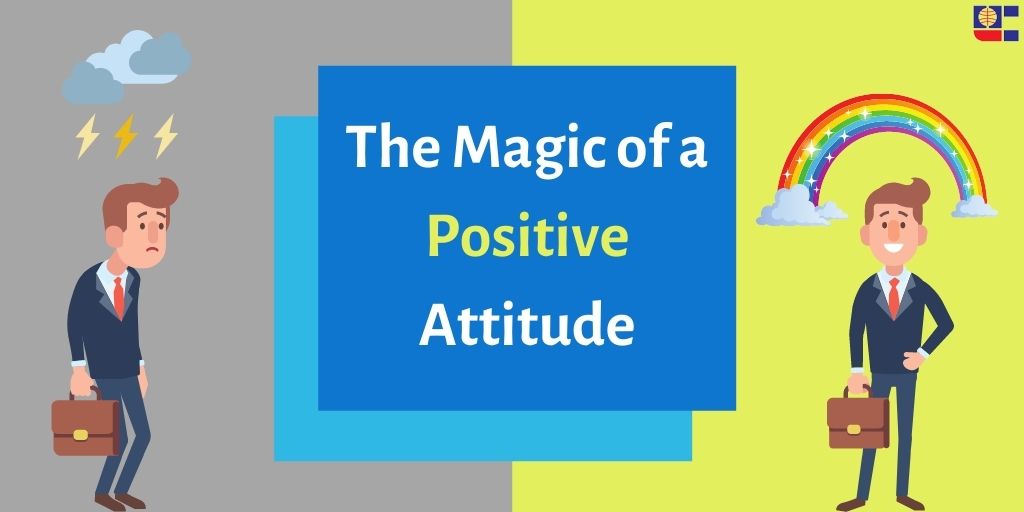
In the past few months, the value of having and developing skills and expertise has been proven. There was a limited scope for providing training. With the need to go virtual, there was also a limited scope for conducting interviews as thorough as old school, offline interviews offered. The skills, the resume spoke for themselves. Be it a hard skill which reflected in the experience listed or a soft skill like the ability to communicate well virtually, it was all self-evident. Skills are self-evident.
No doubt, skills and competence speak for themselves. Organisations want people who can get stuff done, use their experience, get deals finalised and contribute to the company culture and prestige. There is one more key ingredient which determines how successful an individual is likely to be.
That key ingredient is attitude. And it almost works like magic.
The Magical Ingredient:
Let us take a look at this story shared by the noted author, cultural commentator and public intellectual at a keynote note at the Skillsoft Perspectives 2021 address. An article by People Matters has summed it all up really well.
The story is about an assistant security guard; he didn’t have much exposure. People might be thinking- what does an assistant security guard has to offer in terms of skills and expertise? Within six months of working on the night shift, he had managed to have a great influence on everyone- so much so that people started to work in late.
He was always eager and curious, and with that eagerness he started to improve upon his English, learnt to make tea and coffee. With his curiosity, he figured out a way to operate the company’s telephone system. Eventually from an assistant security guard, he became a telephone operator. He retired as a director.
He didn’t even have a college degree. But that didn’t stop him from advancing at work. The lack of a college degree, and the so called ‘lack’ of skills and expertise did not act as hindrances.
His biggest asset was his attitude. The eagerness to learn, the curiosity to explore. A willingness to keep learning and contribute in whatever way possible.
The More Difficult Acquisition:
It won’t be too far from truth to say that this attitude of willingness is even more difficult to cultivate than acquiring skills and expertise, as an article by Entrepreneur.com sums up:
“With the right attitude and enough effort most new skills can be mastered quickly. Whereas improving attitude is often about changing behaviours which is always much more difficult to do, as people need to want to change and without the right attitude this is unlikely to happen.”
It is ultimately attitude which determines how well someone would fit into the company culture.
Skills determine how well the employee is likely to work on the job. Attitude determines how well the employee is likely to engage with the work. And that is the difference.
If you are an employee trying to find the edge amidst everyone who has similar skills and expertise, it is attitude that will help you stand out. If you are an employer looking for someone who not only works but engages with their work, it is the kind of attitude they have that you also want to look for along with the skills.



